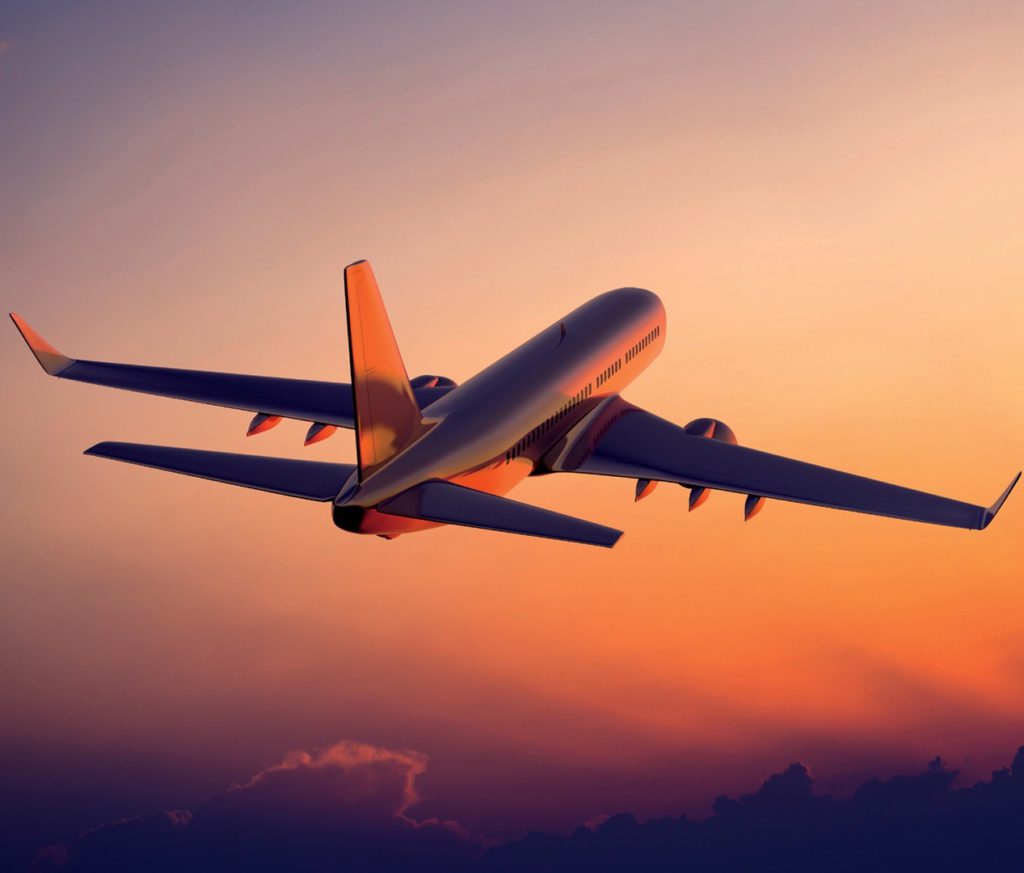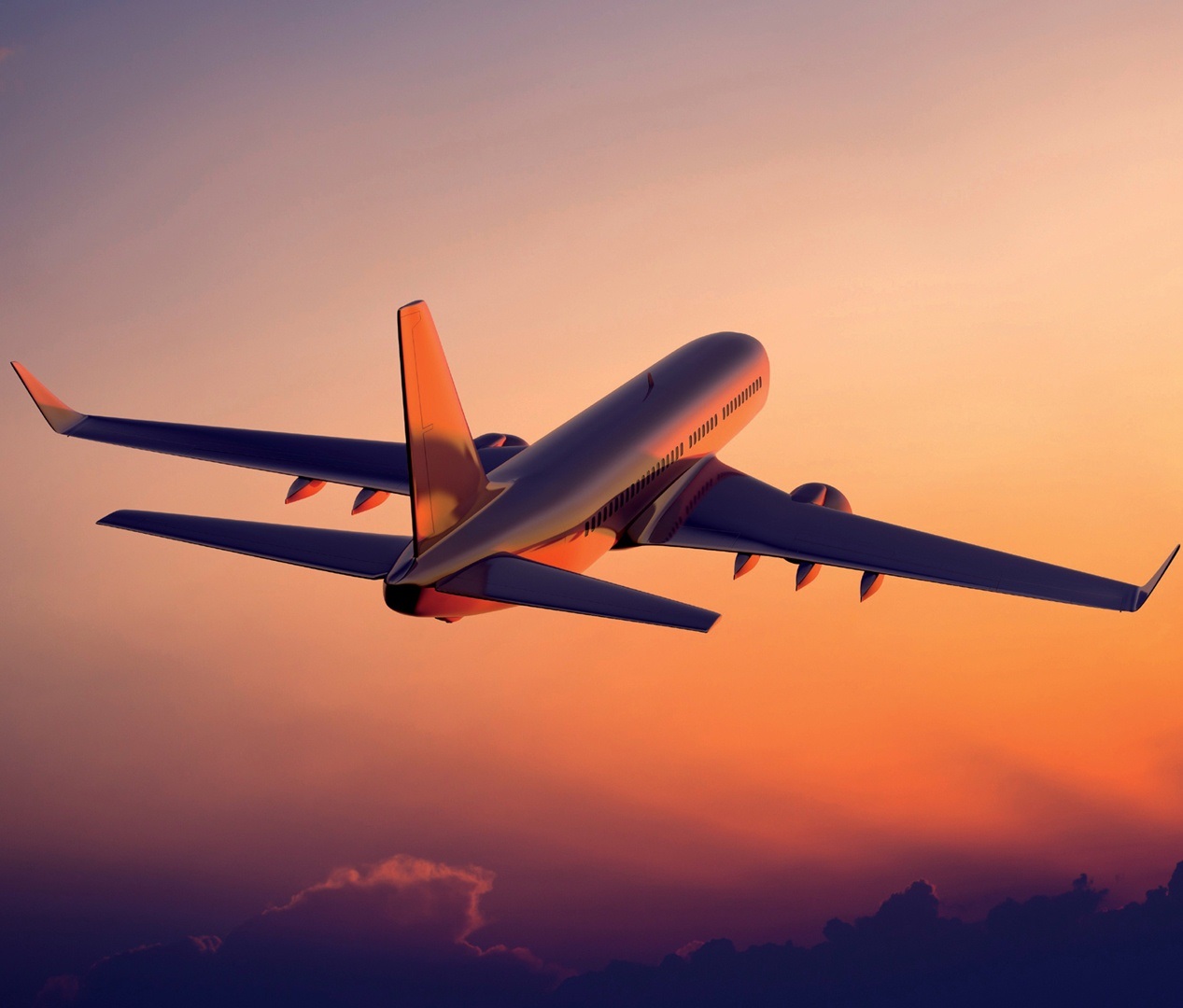
Updated February 4, 2022
When you go on a vacation to one of the world’s great scuba diving locations it’s hard to leave. There are always great dives left to make – one more chance to get a photo of a pygmy seahorse in Lembeh Strait or maybe a shot of dozens of oceanic blacktip sharks or a tiger shark on Protea Banks. You must cut it off at some point, though, keeping in mind how soon you will be flying. If it is less than 12 hours, then for sure you should not go back in.
Flying After Scuba Diving – How Much Time Should I Wait?
There are some differences between the major diving and safety organizations. The Divers Alert Network (DAN) is authoritative and has conservative guidelines.
- If you have only done one no-decompression dive, you should wait 12 hours before flying.
- If you have gone for multiple dives in one day or had multiple days of diving as you would on a liveaboard cruise, you should wait a minimum of 18 hours before flying.
- If you have done any decompression diving, you should wait substantially longer than 24 hours.
The Danger in Flying After Diving
As described in detail in the Open Water Course, decompression sickness is the major potential problem in flying too soon after diving. Under the increased pressure at depth, nitrogen is absorbed into blood and tissues. As the pressure decreases on the ascent to the surface the excess nitrogen will leave the body safely by breathing if you have stayed within the no-decompression limits. Flying too soon after diving causes a further decrease in pressure that can have the same result as ascending too quickly from a dive. The nitrogen in your blood and tissues can come out of solution too quickly creating nitrogen bubbles that move through your bloodstream or lodge in your tissues and cause symptoms of decompression sickness. These symptoms range from mild and temporary pain in the joints or itching to complete paralysis and death. It is certainly not to be trifled with. And if symptoms appear in flight you cannot immediately get the complete medical attention you need which could be many hours away available only after landing.
Other Activities to Avoid
Mountain Activities
The cabin pressure of an airliner is kept at the equivalent of being at an altitude between 6,000-8,000 feet (1,800-2,400 meters). If your drive home takes you through a mountain pass or you are considering mountain activities like ziplining or skiing, you should treat it as a flight and follow the same guidelines used for flying after diving.
Physical Condition
If you have pre-existing conditions, are generally out of shape, tired, stressed, or dehydrated, these all impact the ability of your body to safely expel nitrogen. Under these circumstances, you should extend the time to wait before going to altitude.
Alcohol Use
When you drink alcoholic beverages a consequence is dehydration which has an effect on the safe outgassing of nitrogen. You are advised to drink in moderation and drink lots of water to compensate.
Deep Tissue Massage
DAN advises that a simple massage has not been linked to cases of decompression sickness. They do advise against a deep tissue massage indicating that an increase in blood flow may lead to bubble formation and that it can cause muscle soreness that can lead to delayed diagnosis or misdiagnosis of decompression sickness.
Relaxing in a Hot Tub
DAN also advises that gas solubility is inversely related to temperature. As the body gets warmer in the tub, tissues will hold increasingly less gas in solution. If tissues with substantial loads of nitrogen warm, the possibility of problematic bubble formation increases. It is best to avoid lengthy full-body exposure to hot water for a period of time after diving. No time period is specified.
Flying After Diving and Dive Computers
Modern dive computers will usually calculate a safe to fly or desaturation time based upon the dive profiles you have executed. A lot of the older computers will indicate a time to fly based only on a clock keeping track of the surface time since the last dive reminding you of 12 hours or some other time guideline that performs no calculations. It is obviously important to know what your computer is doing by being thoroughly familiar with it. A good start is to read and study the computer’s manual, not just for this issue, but for all the other capabilities and functions.
If you are using a dive computer it is best to use your own that you thoroughly understand and have not shared with another diver during the period of diving. When using a rental computer you must ensure that you are the only user.
Start Planning Your Next Liveaboard or Diving Holiday
Traveling to distant exotic settings for some scuba diving is one of the greatest opportunities for enjoyment and learning on the planet. By planning your time, understanding, and following safe diving practices and the guidelines for flying after diving, you can go a long way toward having a bucket list experience with minimal vulnerabilities.
Feedback and Comments
I hope you found this post on flying after diving interesting and useful. If you have any questions or ideas, please feel free to share them in the comments section. I’d love to know of any experiences or thoughts you have. If there is no comments section directly below, click here: >>comments<<
